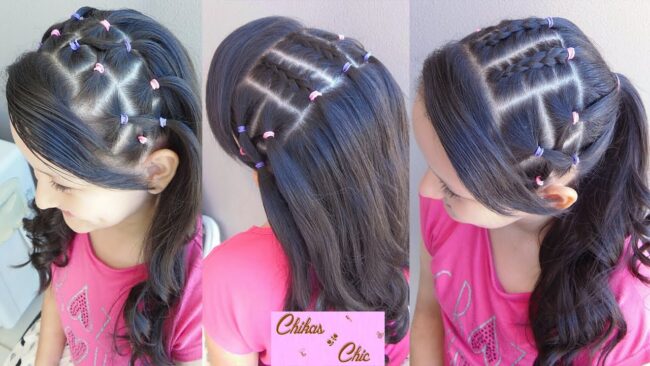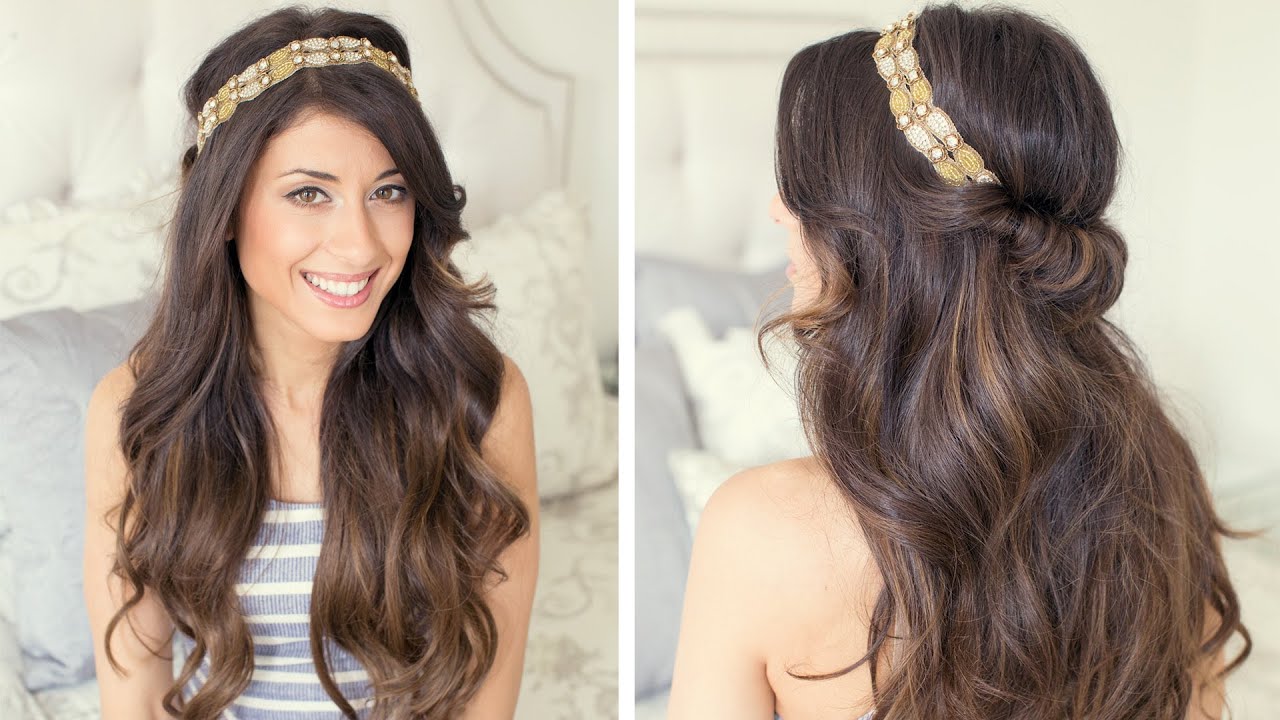Hair has long been more than just a style choice—it’s a statement, a mood, a movement. In the world of music, hairstyles often become synonymous with
Hair has long been more than just a style choice—it’s a statement, a mood, a movement. In the world of music, hairstyles often become synonymous with an era, a genre, or a specific band. From rebellious shaves to gravity-defying spikes, from silky K-pop fringes to free-flowing grunge locks, band hairstyles are deeply tied to identity and performance.
Musicians use hair to express their artistic essence before a single lyric is sung. Fans, in turn, often adopt those looks to align themselves with a sound, a subculture, or simply a feeling. This article dives deep into the power, evolution, and influence of band hairstyles, exploring how they continue to evolve alongside music itself.
1. The Connection Between Music and Hair
Before social media, fashion blogs, or celebrity stylists, musicians were often the frontline of style innovation. They weren’t just making music—they were shaping trends, creating visuals that reinforced the messages in their songs.
Hair, as one of the most visible elements of a performer’s image, plays a vital role in this. Whether on album covers, in music videos, or on tour posters, the hairstyle is a silent communicator of attitude, genre, and rebellion.
Different genres foster different looks:
- Rock invites messiness, texture, and length.
- Pop leans toward polished, bright, and bold.
- Metal often goes for volume and length.
- Punk thrives on chaos, spikes, and shaved sides.
- Hip-hop emphasizes clean lines, braids, fades, and detail.
In each case, the hair becomes part of the musician’s personal branding, and in many cases, their legacy.
2. Genre-by-Genre Breakdown of Band Hairstyles
Rock Bands
From The Rolling Stones’ carefree shags to Arctic Monkeys’ pompadours, rock has embraced a variety of hairstyles over decades. What remains constant is the cool, effortless vibe. Think textured layers, subtle messiness, and cuts that look “lived in.”
Famous Rock Hairstyles:
- Alex Turner (Arctic Monkeys): Slicked-back pompadour in the 2010s.
- Dave Grohl (Foo Fighters): Long, shaggy hair, equal parts rebellious and chill.
Metal Bands
Metal bands are infamous for their long hair, often as dramatic as the guitar solos they play. For many metalheads, hair is part of the headbanging ritual—literally and culturally.
Famous Metal Hairstyles:
- James Hetfield (Metallica): Long blond hair in early days, now replaced by a sharper, more mature cut.
- Ozzy Osbourne: Long, center-parted black hair, often unkempt.
Punk and Hardcore
Punk exploded onto the scene in the ‘70s with a mission to disrupt everything—including fashion. Hair became sharp, aggressive, and unapologetically loud.
Common Punk Hair Features:
- Mohawks
- Liberty spikes
- Bright, unnatural dyes
- Shaved sides or undercuts
Notable Looks:
- Sid Vicious (Sex Pistols): Unkempt spikes, black dye.
- Brody Dalle (The Distillers): Bleach-blonde punk bob with a DIY edge.

Pop and Pop-Punk
Pop musicians often favor more polished, stylized cuts, though the pop-punk scene introduced more edge. From the swoopy bangs of early 2000s pop-punk to today’s colorful K-pop aesthetics, hair in this genre reflects constant reinvention.
Style Icons:
- Billie Joe Armstrong (Green Day): Black-dyed messy spikes.
- Avril Lavigne: Blonde with pink streaks—an early 2000s emo-pop staple.
- K-pop bands (BTS, Stray Kids, BLACKPINK): Sleek cuts, layered dye jobs, and bold experimentation with color.
Grunge and Alternative
Born in the 1990s, grunge rejected polish in favor of gritty authenticity. Hairstyles were intentionally undone—unkempt, often greasy, and purely anti-establishment.
Examples:
- Kurt Cobain: The king of disheveled blonde locks.
- Shirley Manson (Garbage): Sharp red bob—contrasting the chaos with structure.
3. Band Hairstyles as Cultural Symbols
Beyond aesthetics, band hairstyles are loaded with cultural and political weight. Hair can be:
- A protest (shaved heads, mohawks, dye jobs done at home)
- A celebration of identity (natural curls, dreadlocks, cultural braids)
- A tool for visibility (neon colors, exaggerated shapes)
These styles don’t just reflect the music—they reflect the moment. A mullet comeback today speaks to both retro irony and modern experimentation. A gender-fluid cut on a nonbinary artist challenges outdated beauty standards.
Musicians shape what’s acceptable—and then reshape it again.
4. Hair Color: More Than Just Aesthetic
Hair color plays a massive role in band hairstyles. The right hue can define an entire era for a musician or band.
Popular Color Trends:
- Jet black: Common in goth, punk, and emo scenes.
- Bleach blonde: Seen in grunge, indie, and alt-pop.
- Vibrant dyes: Hot pink, electric blue, lime green—used heavily in scene and K-pop.
- Split dye: A newer trend where hair is colored in halves, often contrasting (e.g., black on one side, white on the other).
Notable Color Moments:
- Hayley Williams (Paramore): Orange and red tones that became part of her identity.
- Billie Eilish: Neon green roots with black ends—instantly recognizable.
Color becomes part of the visual story bands tell with each era or album cycle.
5. How to Recreate a Band Hairstyle
Want to bring band style into your daily look? Here are steps to nail it, regardless of your genre preference:
Step 1: Choose the Right Style
- Match the look to your hair type and length.
- Pick a band or era that resonates with your personality.
Step 2: Prep and Tools
- Invest in good products: texturizing spray, pomade, dry shampoo, heat protection.
- Use tools wisely: flat iron for emo styles, curling wands for glam, razors for punk detail.
Step 3: DIY Dye or Go to a Pro?
- Temporary colors (sprays, chalks) are great for experimenting.
- For more extreme colors (pastel pink, silver), go to a stylist—especially if bleach is involved.
Step 4: Own the Look
Confidence sells it. Band hairstyles aren’t about perfection—they’re about presence. Whether clean or chaotic, the goal is to feel like you.
6. Maintenance Tips for Bold Styles
Creative hairstyles take effort. Here’s how to keep yours fresh:
- Colored hair: Use sulfate-free shampoos. Avoid frequent washing.
- Styled cuts: Get trims every 4-6 weeks to maintain shape.
- Damaged hair: Deep condition once a week, especially if you use heat tools or bleach.
- Shaved/slick styles: Maintain edges with clippers every 1-2 weeks.
Touring bands may look effortlessly cool, but there’s often a hair stylist backstage making it happen. At home, consistency and care make a huge difference.
FAQs About Band Hairstyles
Q1: What’s the most low-maintenance band hairstyle?
Grunge and indie styles are often low-effort by design. Long layers with natural texture and occasional dry shampoo can achieve the desired look without heavy styling.
Q2: How do I choose a band hairstyle that suits my face shape?
For round faces, go for layered, angular cuts (like punk shags or emo swoops). For longer faces, fuller styles like curly mullets or layered bobs add width. Always work with a stylist to tailor the cut.
Q3: Are there gender-neutral band hairstyles?
Absolutely. Most modern band hairstyles are fluid. Shags, buzz cuts, long curls, or bold dyes work across all identities. The current trend supports freedom and expression over rigid categories.
Q4: Can I achieve a band look without dyeing my hair?
Yes. Style is just as powerful as color. Use texture, accessories, and cuts to emulate the look. A mohawk or mullet stands out without needing neon.
Q5: What band had the most influential hairstyles?
Debatable, but contenders include:
- The Beatles (mop tops)
- Nirvana (grunge layers)
- My Chemical Romance (emo/scene)
- BTS (modern K-pop evolution)
Each shifted cultural ideas of what was “cool.”
Q6: How often do band members change their hairstyles?
It varies. Some artists reinvent themselves with each album (think Lady Gaga or Jared Leto), while others maintain signature styles for years. Changes often align with musical evolution.
Final Thoughts
Band hairstyles are more than fashion—they’re history, culture, and expression all rolled into one. From underground clubs to sold-out arenas, hair has helped define artists as much as their music. Whether you’re looking to switch up your look or simply admire the artistry of band aesthetics, remember that the boldest hairstyles often tell the best stories.
Rock it, own it, and let your hair sing.
Must Visit: infromednation




COMMENTS